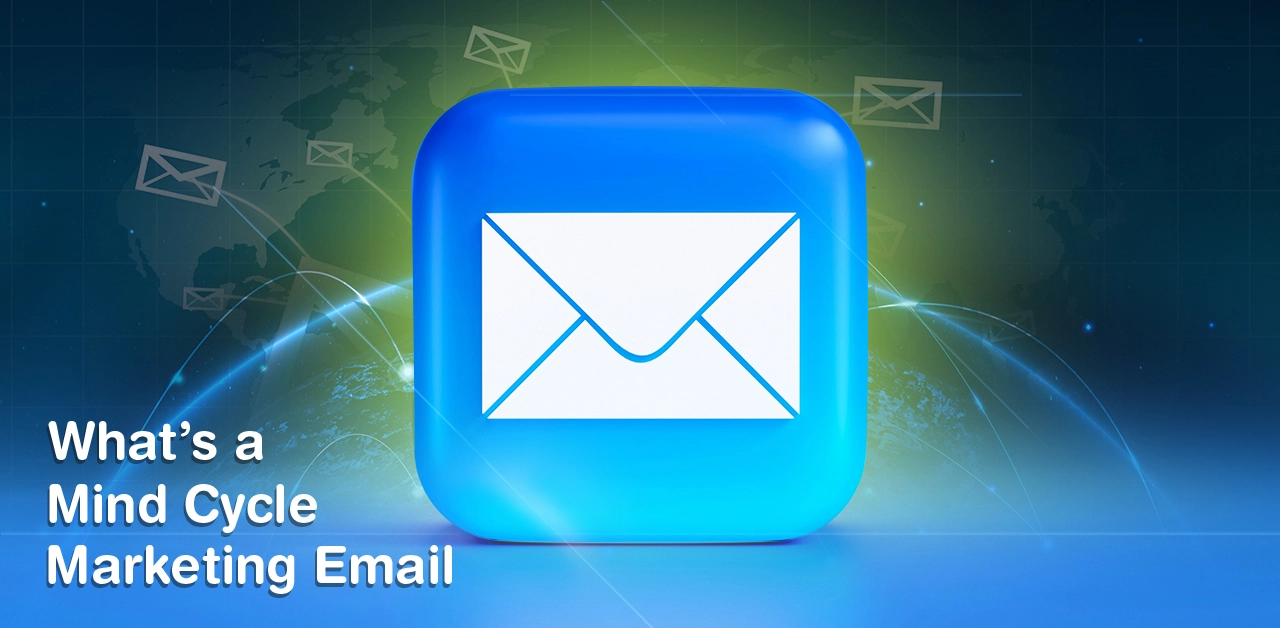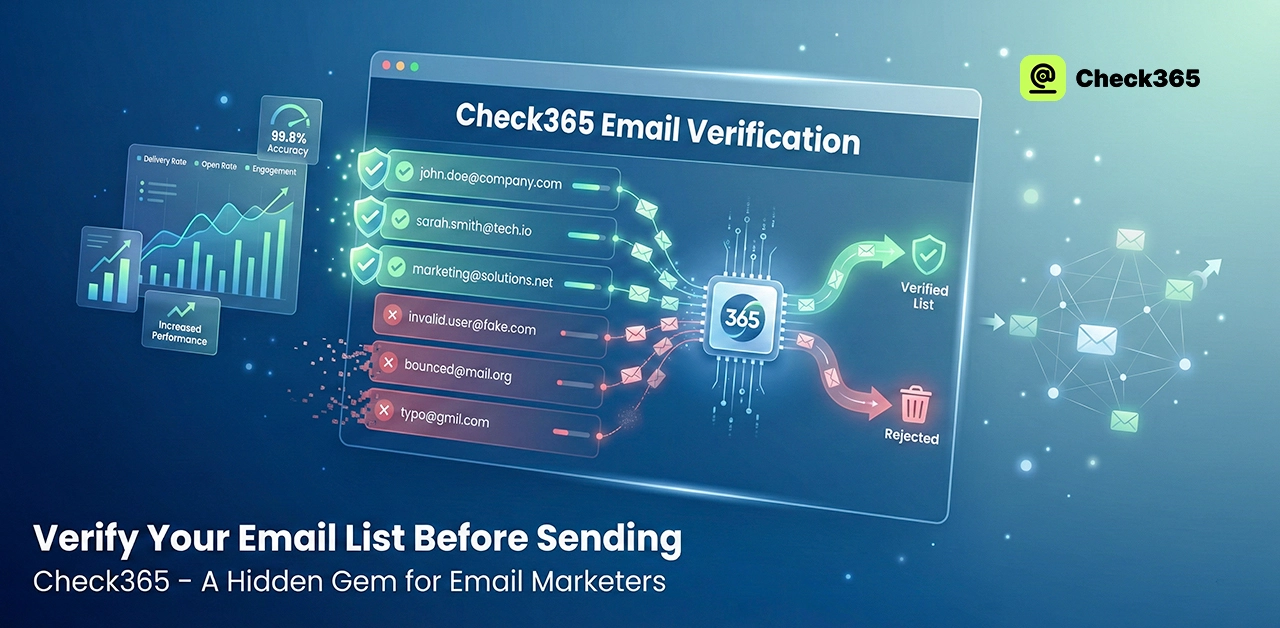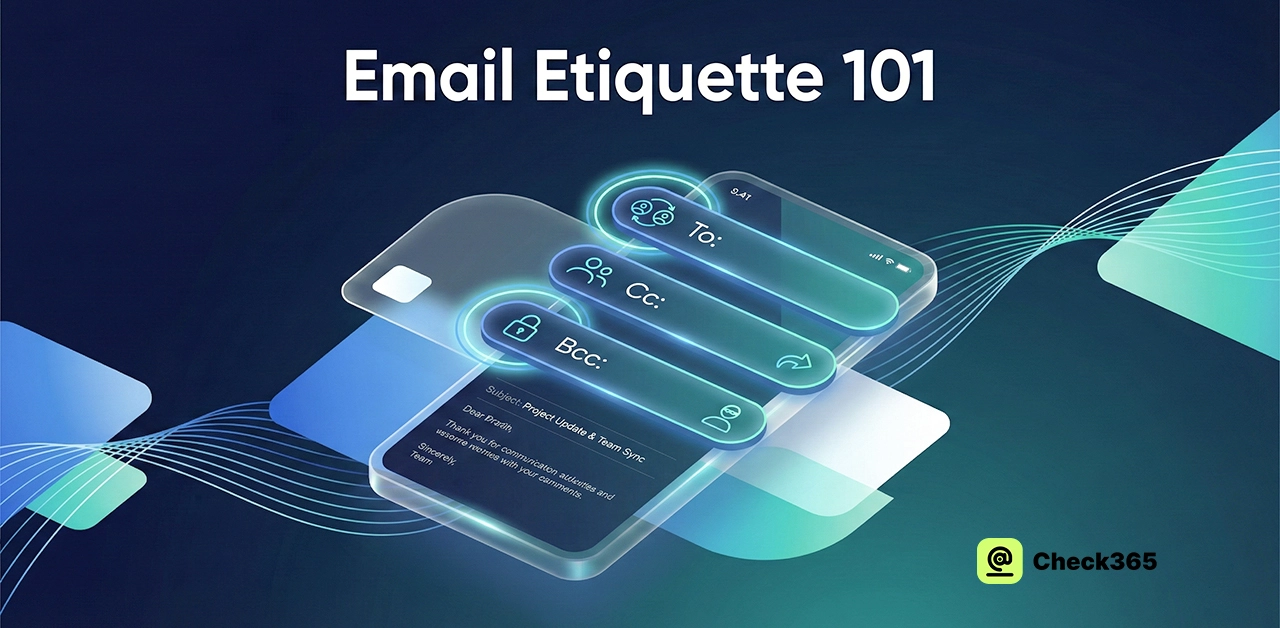What Is a Mid Cycle Marketing Email? - Why Is It Important?
A mid-cycle marketing email is a personalized message sent to a customer in the middle of the funnel journey. The main goal of these emails is to keep leads interested and move potential customers further down the sales funnel. They are very important for getting leads. These emails keep your brand in people's minds and get them involved.
In the early stages, emails may introduce your goods or services. In the middle stages, emails encourage meaningful interactions that get leads ready to convert. Professionals can get many more leads that turn into customers if they learn how to use mid-cycle emails well. This article will explain your steps to send effective mid-cycle emails.
Importance of Mid Cycle Marketing Emails
Mid-cycle emails are different from other stages in the email marketing process. They help maintain contact with leads who are interested but not ready to make a decision. This way, they can strengthen their relationships with these leads.
Informing Your Audience About Your Brand: Remembering things is very important at a time when people's attention spans are getting shorter and shorter. Mid-cycle emails are a nice way to tell people that your brand exists and is valuable.
Lead Nurturing: In the sales funnel, these emails are the unsung heroes. They help potential customers make decisions without trying to hard-sell them something. You're building trust and making your brand a helpful resource by giving people useful information.
Increasing Engagement Rate: After a big promotion, mid-cycle emails are a good way to keep people interested in your brand. Whether it's educational material, insights into the industry, or special deals, these points of contact keep the relationship warm.
Having Useful Information About Your Audience: You can learn more about your audience with every mid-cycle email. By looking at open rates, click-throughs, and responses, you can get useful information that will help you improve your entire marketing plan.
Segmenting Your Audience for Targeted Mid-Cycle Emails
A good mid cycle email plan is built around segmentation. You can make personalized messages that connect better with each group of people by dividing your audience into groups based on their hobbies, behaviors, and level of engagement. Here's how to divide mid-cycle emails so that they work well:
1. Audiences' behaviour: Separate leads into groups based on how they responded to previous emails and how they used your website and other contacts. For example, emails highlighting case studies might be useful for leads checking product pages. At the same time, blog posts and white papers might be useful for leads who are interested in educational resources.
2. Firmographic and Demographic Segmentation: Regarding business-to-business emails, firmographic information like company size, industry, and job role can affect the tone and content of the email. People who make decisions in technology might like specific product specs, while people who make decisions in marketing might like case studies that show how to increase engagement rates.
3. Engagement Based Segmentation: To change the regularity and content of mid-cycle emails, keep an eye on how engaged your audience is. Leads who consistently open or click on emails may be ready for emails that ask them to take direct action, like setting up a demo. Leads who aren't as interested may need educational material or a reason to get back involved. Businesses can make the most of mid-cycle emails to get people more interested and set them up for conversion by carefully tailoring content through segmentation.
How To Design The Perfect Mid Cycle Email for Lead Engagement?
Mid-cycle emails should have a nice design that goes with the message to get people's attention and get them to act. A successful mid-cycle email has pictures and text that go well together and are fun to read. Here are some ways to improve the look of your emails:
Attention Grabbing Subject Lines and Headers: Focus on the subject lines and preheaders, as they are the first things a lead sees. Your subject lines should emphasize a benefit or pique people's interest. For example, "[Your Solution] saved Company X 30%" is more interesting than "Our Solution."
Short and Easy to Read Layouts: Use short lines, headers, and bullet points to make it easy to read. Leads are often short on time, so breaking up the text visually can help them quickly find the most important parts.
Useful CTAs (Calls to Action): You need clear, well-placed calls to action (CTAs) in your email to get leads to take the next step. "Download the Case Study," "See a Live Demo," or "Explore Our Guide" are all action-oriented words that can be used to get people to engage. Focusing on reading and making CTAs stand out will make it easier for leads to respond, leading to higher click-through rates.
Mid Cycle Emails Timing and Frequency
Mid-cycle emails need to be timed very carefully. If you send them too often, you might lose followers. If you send them too rarely, leads might lose interest. To find a balanced rhythm, use these timing tips:
Assess Engagement Trends and Open Rates: Figure out the best time to send emails by monitoring measures like open rates and click-through rates (CTR). For example, if you notice that leads are more responsive to emails sent early in the week, send emails on Mondays and Tuesdays.
Don't Take Too Many Leads: Too many emails can cause people to opt-out. Keep the emails in the middle of the cycle far apart so that leads have time to read and respond to each one without getting too busy.
Use automation based on triggers: Set up automatic events that happen when a lead does something, like click on a link or download a resource. When these triggers are set off, emails will only be sent to leads constantly interacting with your brand. If you want to keep people interested without sending too many emails, the best mid-cycle email frequency could be every two or three weeks, based on their engagement.
How To Analyze Mid Cycle Marketing Email Performance To Optimize Lead Nurturing?
You will know how to improve future campaigns by tracking and analyzing the success of your mid-cycle emails. Here's a good way to figure out how well mid-cycle emails work:
1. Click Through Rate (CTR) and Open Rate: You can see how well these data work with your subject lines and calls to action. A high CTR could mean the call to action (CTA) is strong or the content is interesting. On the other hand, a low CTR could mean that the CTA needs to be changed. Here is a detail guide, “How To Increase Email Open Rate”
2. Conversion Rates: Keep track of how many leads took action after getting your email, like setting up a demo or asking for more information. This information will help you determine which emails are best for turning leads into customers.
3. Bounce Rate and Opt-out Rate: High unsubscribe or bounce rates could mean the email content isn't useful or you're sending too many emails. Change your emails' timing, content, or targeting based on these data.
4. Click Maps and Heat Maps: Heat Maps or Click Maps can show you where leads are most hitting. If people click on a certain part of your email more often, you might want to make it stand out more or make it a major feature in future emails. You can tweak every part of your mid-cycle email plan based on these performance insights to better nurture leads and move them toward conversion.
Tips To Make Perfect Mid Cycle Marketing Emails
Mid-cycle emails involve several different elements. By following best practices, you can ensure your emails affect your leads and are useful to them. Here are some things you can do:
1. Personalize Your Emails: Don't just add names to emails; use lead information to make them more personal. Bringing up a lead's specific business problems or goals makes your message more relevant and increases engagement.
2. A/B Testing With Contents: A/B testing is a great option to improve your email marketing strategy. You can do A/B testing on subject lines, calls to action, and email layouts. Making small changes over time will help you determine what your audience likes best.
3. Provide Relatable Content: For each email, focus on the most important topics to the recipient. This will increase the number of openings and encourage more conversation. Sorting leads into groups based on their preferred material also boosts engagement and builds stronger relationships.
4. Optimize for Mobile: Ensure that emails sent in the middle of a cycle look good on phones. Most people check their emails while on the go, so mobile optimization is important to ensure that users have a smooth experience and that calls to action are easy to click. If you follow these best practices, your mid-cycle emails will keep people interested and help your lead generation plan work well.
Final Thought
For mid cycle emails to work, they must help leads turn into customers. These emails close the gap between knowing about your solution and making a choice by getting leads involved, teaching them about its benefits, and building trust. Companies can get the most out of their mid-cycle email plan and get real results by sending useful content, segmenting correctly, and tracking performance.




